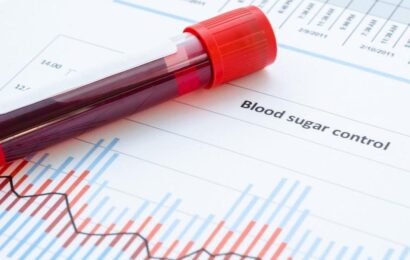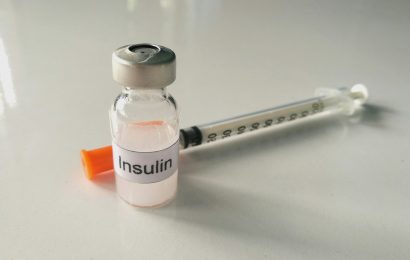Every now and then I’m asked to speak to journalists about various diabetes or nutrition-related topics. Interestingly, over the past few months, writers have asked me to comment on diabetes prevention — is it possible? What, if anything, really works?
Now, I realize that many of you already have diabetes. I wish I could say that if you did X, Y, or Z, you could make your diabetes go away, but right now, that’s not possible. But maybe some of you who are reading this are at risk for diabetes (it runs in the family, your doctor has told you that your blood glucose is a little high, etc.), or perhaps you’ve been diagnosed with prediabetes. Or you might have a family member, friend, neighbor or colleague who’s at risk. Is it inevitable that diabetes is coming down the pike? What can be done to hold it off?
First Things First
Just to be clear, the focus here is on preventing Type 2 diabetes. Researchers are working on how to prevent Type 1 diabetes, but that’s actually a different ball of wax. Sometimes the waters are a little murky when it comes to talking about diabetes prevention. A person may be “at risk” for diabetes or may have a condition called “prediabetes.” These terms mean different things.
At risk. You’re at risk for Type 2 diabetes if you have any of the following risk factors:
• Are over the age of 45
• Have a body mass index (BMI) of 25 or higher (23 or higher if you’re of Asian descent; 26 or higher if you’re a Pacific Islander)
• Have a waist circumference of greater than 35 inches if you’re a woman or greater than 40 inches if you’re a man
• Have a parent or sibling with diabetes
• Are African-American, Hispanic American, Asian American, Native American, or a Pacific Islander
• Have had gestational diabetes (diabetes that occurs during pregnancy) or have given birth to a baby weighing more than 9 pounds
• Are not physically active
• Have a blood pressure of 140/90 mmHg or higher or have been told that you have high blood pressure
• Have a HDL (good) cholesterol of less than 35 mg/dl and/or triglycerides (blood fats) higher than 250 mg/dl
• Have been told by your health-care provider that you have impaired glucose tolerance or impaired fasting glucose
• Have a history of heart disease
• Have polycystic ovary syndrome (PCOS) — this applies only to women
• Have acanthosis nigricans, which are dark, velvety markings on your neck or under your arms
Reading this list, you’d think that almost everyone is at risk for diabetes. And the list is not meant to scare you, but it is intended to make you take notice. If you or a loved one can say “yes” to having any of the items on the list, it’s definitely worthwhile having a frank discussion with your physician to A) get checked for diabetes and B) find out what you can to do prevent it or, if you have it, how to best treat it.
About 26 million people in the US have diabetes (that’s 8% of the population), but 7 million of those people have no clue that they have diabetes. You or a loved one don’t want to be part of that “clueless” statistic.
Prediabetes. According to the American Diabetes Association, prediabetes is defined as “blood glucose levels that are higher than normal but not yet high enough to be diagnosed as diabetes.” You may have risk factors for diabetes, such as being Asian American, having a parent with diabetes, or having had gestational diabetes, for example, but that doesn’t mean you have prediabetes. Prediabetes is actually a medical diagnosis, just as, say, diabetes or high blood pressure is diagnosed in your doctor’s office.
In order to know if you have prediabetes (and diabetes, too, by the way), your doctor needs to order one of three tests for you:
• A fasting plasma glucose (FPG) test: Your blood glucose is measured in a lab (not on a meter) first thing in the morning after not eating or drinking anything (except water) for at least 8 hours.
• Results: A FPG of 100 to 125 mg/dl signals prediabetes; 126 mg/dl or higher is diabetes.
• An oral glucose tolerance test (OGTT): For this test, you drink a very sweet drink that contains 75 grams of glucose. Your blood glucose is measured before and two hours after drinking the drink.
• Results: A two-hour glucose of 140 mg/dl to 199 mg/dl means prediabetes; 200 mg/dl or higher is diabetes.
• A hemoglobin A1C: This is a blood test that measures your average blood glucose level over the past 2–3 months.
• Results: An A1C of 5.7% to 6.4% is prediabetes; 6.5% or higher is diabetes.
It’s important that any of these tests be repeated a second time to confirm a diagnosis. And remember that prediabetes or diabetes can’t be diagnosed using a home blood glucose meter or using an over-the-counter A1C kit.
Next week: Prediabetes is diagnosed. Now what?




